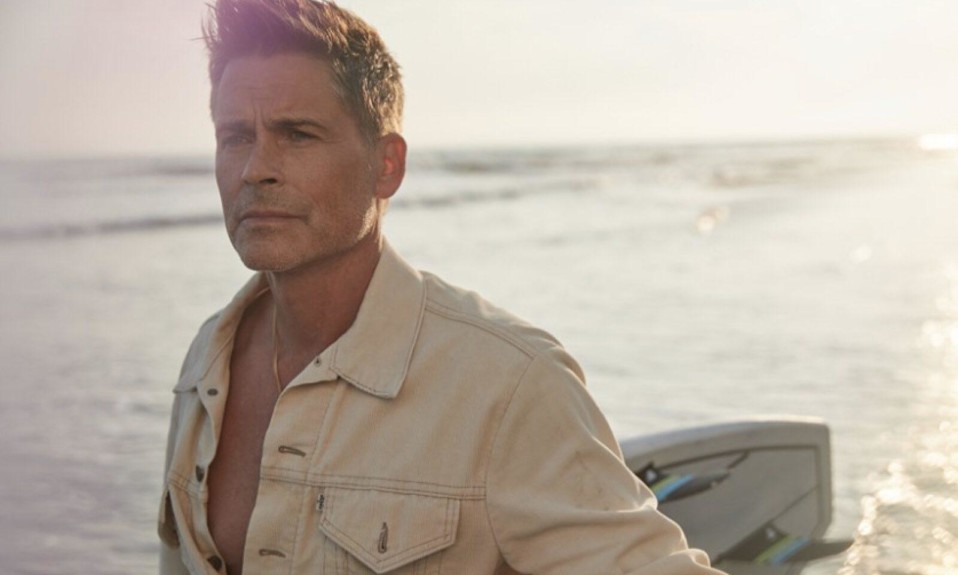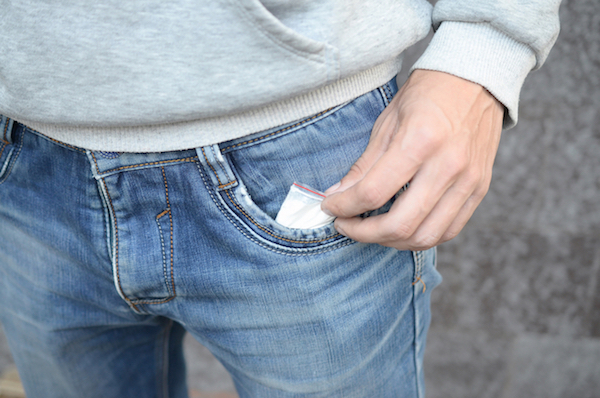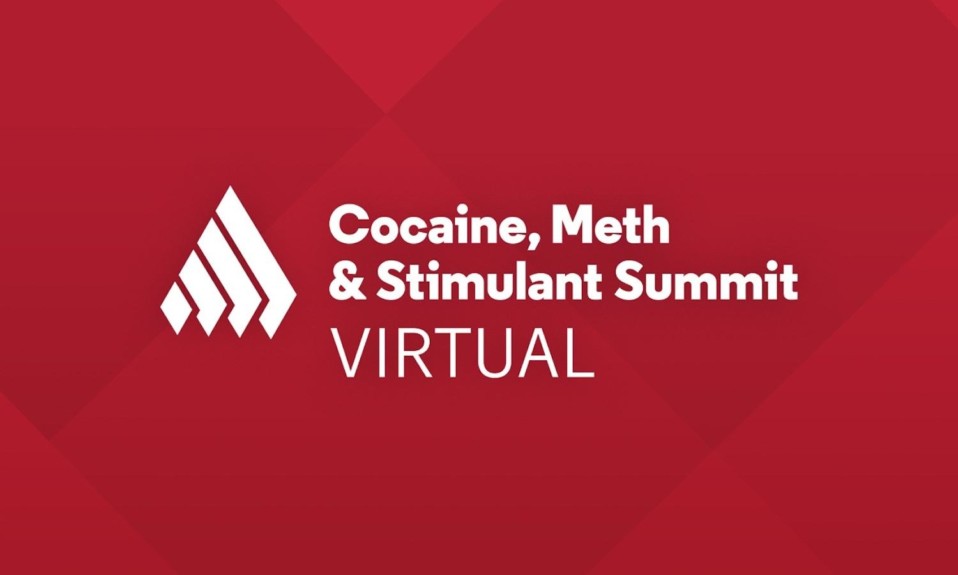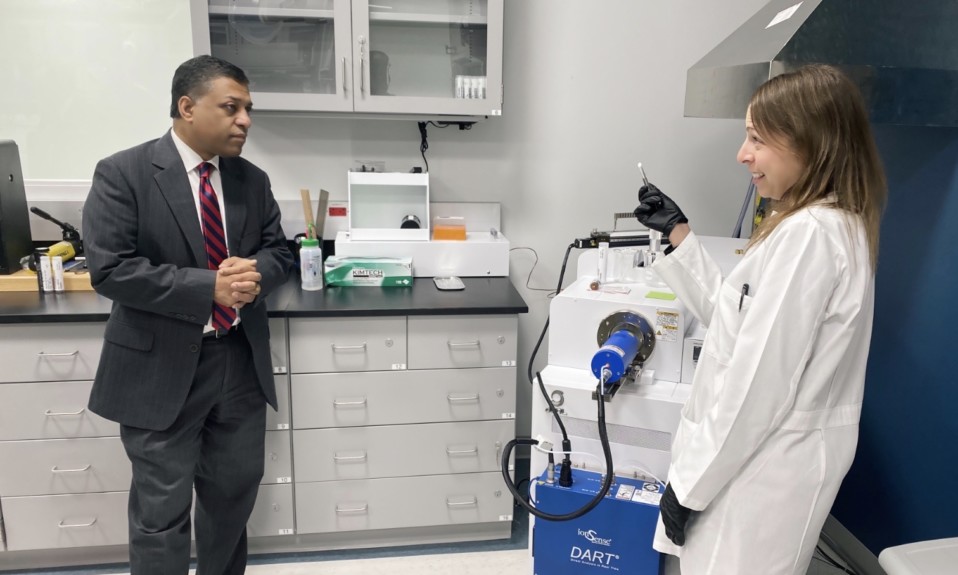Senior editor Marc Malkin discusses addiction and recovery in Hollywood—including his own—and how the industry pub’s Recovery Issue has become an editorial highlight
By Jason Langendorf
Variety’s first Recovery Issue hit newsstands on Nov. 5, 2019, with actor Jamie Lee Curtis gracing the cover and telling her story about addiction and recovery. The concept was so well received that the magazine published its second Recovery Issue, featuring actor Rob Lowe, earlier this month.
Marc Malkin, senior editor of culture and events at Variety and a 25-year veteran of entertainment journalism, played a central role in the development of both Recovery issues. Malkin, who is in recovery himself and who has received a fair amount of attention for taking his experiences public, talked to TreatmentMagazine.com about addiction in Hollywood, the challenges for celebrities who want to seek help and the significance of the Recovery Issue.
Q: What was your role in the Recovery issues?
A: The first issue we did, with Jamie Lee Curtis on the cover, I conducted that interview, which was print, online and also video. And I was one of the lead editors on both issues. I’m in recovery myself. So obviously, I was heavily involved with it and making sure we were crossing our t’s and dotting our i’s and getting everything right, getting people to talk to us.
Q: As someone who is in recovery yourself, how personal was your involvement in the issue?
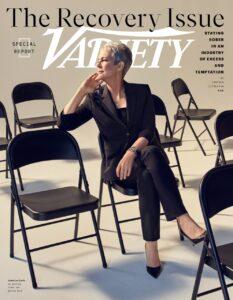
In the first issue, it was really about trying to get people to talk. It’s not easy to get people to talk about their recovery. It’s not easy to get people who are in the public eye—even if they’re public about being sober—to sit down and discuss it.
We really wanted to emphasize the recovery part of addiction. We didn’t want to have a magazine full of stories of everyone’s train wrecks and their bottoms. Obviously, that’s part of everyone’s story and you can’t avoid it. But we really wanted to celebrate recovery—celebrate people who are able to have long-term sobriety in Hollywood and all the manifestations of that. How do you stay sober in Hollywood? How does Hollywood react to your being sober?
Q: What are the elements specific to Hollywood, or to celebrities and people in the entertainment industry, that lead a magazine like Variety to publish an issue about recovery?
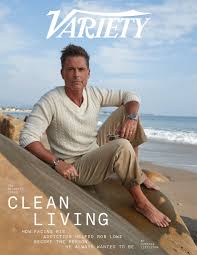
A: In the program, as we say, we’re looking for the similarities, not the differences. But I think for Hollywood and recovery, there are different challenges. They’re not more nor less than anyone else’s challenges. It’s all relative, obviously, to who you are. But in our last Recovery Issue, I spoke to the Osbournes—I did a roundtable with Ozzy, Sharon and Jack Osbourne. And I asked Jack about being in the public eye: “How hard was it to get sober?” Because he now has 17 years. And he said, “It’s hard. When I was first getting sober and I went to treatment, the paparazzi were jumping over walls to try to get a photo of me.” You know, that’s not going to happen to the average person in recovery.
The whole idea of trying to be anonymous when you’re a celebrity? You can’t.
When I started going to The Rooms—going to 12-step meetings—people would literally ask me, “Well, if you see a celebrity, you’d report on that, right?” And I’d be like, “No! No, never ever!” It kind of offended me. Especially someone who’s not in recovery, though, wouldn’t understand that. I would run into people who I knew who were celebrities or industry people, and especially the celebrities, I would say to them right away, “Don’t worry, I’m not reporting.” I know there are celebrities who won’t go to public AA meetings because of that.
Q: In Variety’s first Recovery Issue, one article focuses on the animated series Bojack Horseman, which may seem like an odd fit for a narrative about addiction and recovery. But the show offers a layered take on fame, self-reflection and recovery—and also the glamorization of addiction. How much are you talking about these topics as a staff when planning each issue?
A: I think there’s more sensitivity towards them these days. There are some shows that get it really right, and those are the ones that I tend to gravitate towards, like The Queen’s Gambit. I thought they really nailed it. I think when you look at a show like Industry, which isn’t as popular right now—it’s from London, about young people in finance—the drug use is horrendous. It gets really real, to the point where there are times where I’m like, I don’t know if I could watch this. This is a little much. Not that I’m getting triggered, but I gave up that life a long time ago.
I think there’s more sensitivity to it because there are more people talking about it. Variety didn’t have a Recovery Issue before; now we do. Because it’s no longer a stigma—it’s not something where most of Hollywood looks at people who are sober, going, “I’ll never work with them. They’re sober.” There was a point where people thought nobody would work with them because they were sober.
Q: Hollywood really won’t work with talent or industry pros who are sober?
A: Yeah. Because you go to a party, everyone’s doing coke, everyone’s drinking and you’re going home. So there’s the networking part of it. But then there’s also the culture, which says you can get high, you can get drunk, you can act like a fool. And for many years, a lot of people got away with it. It’s very similar to the #MeToo and #TimesUp movements—that the behavior won’t be tolerated anymore, that the behavior won’t be covered up as much. It still happens, for sure.
But back in the day, if someone was addicted to cocaine, you never knew it. Someone destroyed a set, you never found out. Every once in a while, of course, stories would come out. But at this point, I think people are much more sensitive to treating other people with respect. As we know with people with addictions, a lot of that respect goes out the door when you’re high or drunk.
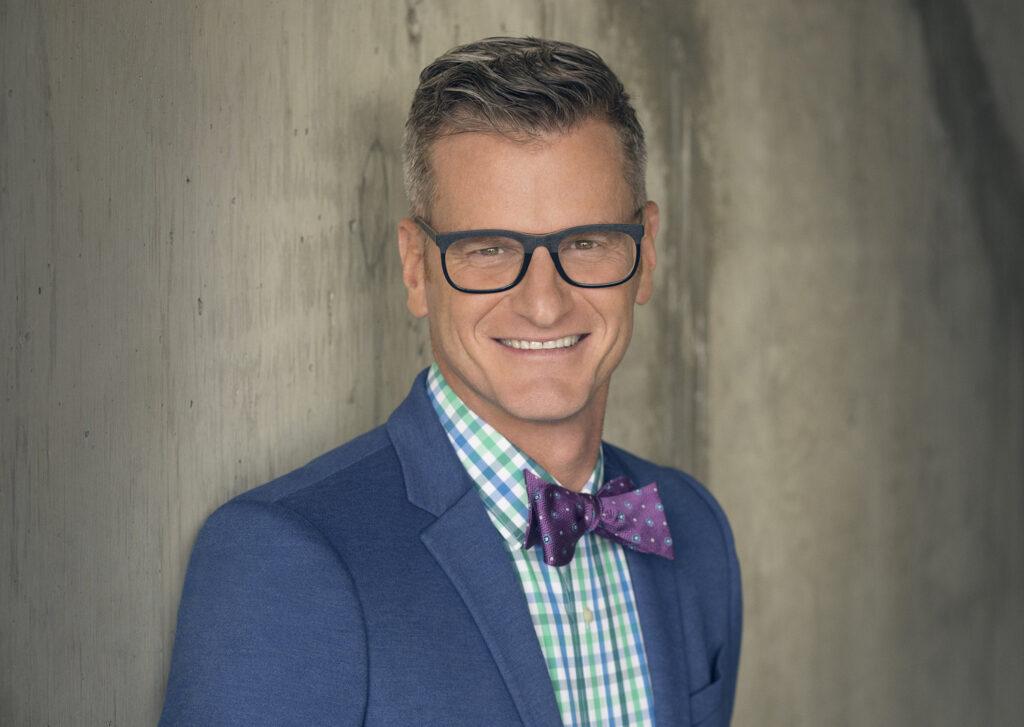
Q: What was the initial impetus for Variety to do a Recovery Issue? Where did those first conversations come from?
A: To be honest with you, I don’t remember. I’ve been at Variety for two and a half years, By the time I got here, I’d been very open about my addiction. I’m also HIV-positive and very open about that. So I’m sort of an open book. I just remember the editor-in-chief, Claudia Eller, and I talking—maybe talking with some other people—and saying, “We should do a recovery issue.”
You know, Variety does different themed issues, things like the Climate Change Issue, the Young Hollywood Issue. We do a bunch of them, and they become a regular staple of the magazine each year. So I’m not sure if there was one specific incident that sparked the Recovery Issue, or just sort of out of a conversation and talking about recovery, talking about recovery in Hollywood, like…“We should do an issue!”
Q: It’s interesting, though, that a casual chat may have led to a big editorial issue and that you don’t vividly recall its beginnings. For a subject that had been taboo for so long, does it say something that you can have that conversation and even the broad strokes are now kind of foggy?
A: Yeah, it’s true. It’s sort of like, “Oh, of course you could do a Recovery Issue. Of course there are enough people in Hollywood’s structure that we can do that.” Still, there are a lot more people in recovery in Hollywood that don’t want to talk than do want to talk, and there’s no judgment on the part of Variety. Everyone has their journey, and we respect that. We’re not going to try to convince someone. We’ll give a pitch of why we think they should talk to us, but if they say no, we’re gonna respect that.
We didn’t want to have a magazine full of stories of everyone’s train wrecks and their bottoms. Obviously, that’s part of everyone’s story and you can’t avoid it. But we really wanted to celebrate recovery—celebrate people who are able to have long-term sobriety in Hollywood and all the manifestations of that.”—Marc Malkin, senior editor of culture and events, Variety
Q: How do you find subjects? I know Jamie Lee Curtis had been open about her experiences at that point, but it sounds like you may be reaching out to people.
A: Well, let me say that I would never all of a sudden think about someone who’s in the world and know that they’ve never been public about their journey—I would never go to that person. Unless they were a personal friend, I would never…I honor the anonymity. But if a celeb or an industry executive, someone we’d like to talk to, has spoken about their sobriety, for sure, we’re going to approach them because, again, there aren’t that many people who have been out about their sobriety.
Beyond Jamie Lee Curtis, this year we have Rob Lowe on the cover. He’s obviously been very open about his sobriety. The Osbournes. But my take on the Osbournes is I didn’t want to do, “Here’s Ozzy Osbourne. He’s a crazy rock-and-roller, and he bit the head off a bat.” My focus was taking a look at the family and saying, “How does addiction affect the family? And how do you recover together?”
In the end, the common denominator is, if they’re being public about it, they want to help others. They want to show others that you can get sober, you can recover—whether that means they’re talking to another celebrity or talking about “regular people.”
For about a decade, I was at E! News, and I was a red carpet reporter. So people knew me from that. I didn’t really go public about my sobriety until a few months after I left there, but it got a fair amount of coverage: “E! News reporter comes out as HIV-positive,” and also as part of that I said I struggled with addiction. It was interesting: Most of the news was about HIV and not addiction. But my mantra was always, “If I can help one person, then it kind of made it worth it.” And I have gotten letters and emails saying, “Thank you so much for being open. By seeking help, you inspired me.” For me, that’s what it’s all about. I always said, as soon as I got some solid sobriety under my feet, I would go public with my addiction and recovery.
Q: Here at TreatmentMagazine.com, our Stories of Hope are consistently among the most popular pieces on the site.
A: Yes, exactly. I get it. There are more people reading all of our stories in the Recovery Issue than we’re ever going to hear from. There’s the people I hear from, and then I just think of all the other people who are out there reading it. When a celebrity comes up to me on the red carpet now and says, “Thank you for being open,” I don’t grill them. I just say, you know, “You’re welcome.” In the essay I wrote for this issue, I do run into people who I partied with, partied hard. I was a crystal meth addict. I am a crystal meth addict.
And what I say in my essay is, sometimes you just nod at each other and it’s hello. Sometimes we talk. More often than not, the person I’m talking to, they either tell me they have found sobriety and recovery or that they’re struggling still. I just give them my phone number and say, “If you need someone to talk to you, I’m here.”
Photos: Variety


